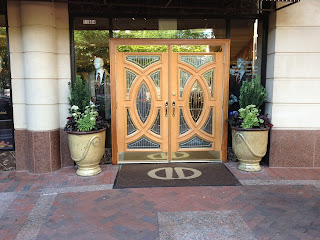With March 17
th just a few days away, Kane
Landscapes wanted to provide you with a few interesting facts about St. Patrick’s day, and what it
means apart from green beer, green clothes, and green beads. And, most importantly, what the difference is
between a Shamrock and a Clover.

St. Patrick was actually born in Roman occupied Briton circa
390 AD. He was kidnapped by slavers in
his teenage years and brought to Ireland to tend sheep. After 6 years of slavery, he escaped to
return to his home. It was at this point
that St. Patrick studied theology. He
would return to Ireland as missionary at which time he would drive all the
snakes out of Ireland. But, in reality,
Ireland was probably already snake free.
This popularized myth probably refers to the expulsion of pagan
influences. Some scholars think that he
expelled a snake cult called Crom Cruaich, a bloody pagan cult demanding human
sacrifices to a snake deity that was particularly popular in Ireland during the
time. And of course, he is most famous
for using a shamrock to illustrate the hard to grasp concept of the trinity to
those he was proselytizing. What you may
not know, is that St. Patrick’s order used blue as their color, not green.

But as for the difference between what we call Shamrocks and
what we call clovers, it might surprise you to know there is much debate on the
subject. A shamrock is the common name
for any number of plants that belong to the genus Trifolium, Latin for “having
three leaves.” The plant that is most
commonly referred to as a shamrock is actually a small, white clover and comes
from the Irish word “seamrog” meaning “little clover.” The green weed that grows in your yard is
actually just a plain old clover, despite the popular misconception.
So, this Saint Patty’s day, put on the traditional blue, pin
on a white shamrock, and go looking for followers of Crom Cruaich to expel from
the land. Happy Saint Patrcik’s Day,
everybody.
Written by: Justin Hill















.JPG)
.JPG)

